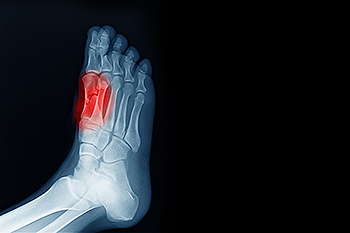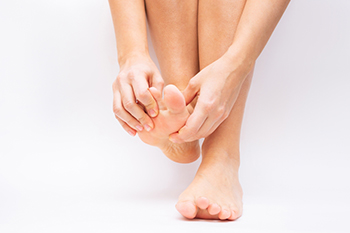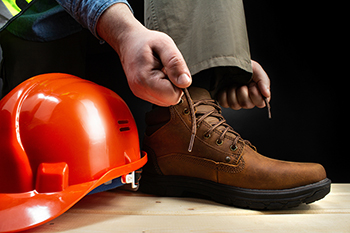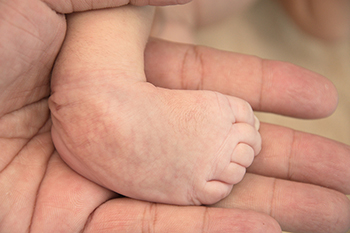
Ankle injuries, a common woe for sports enthusiasts, often leave you wondering: Is it a sprain or a break? Understanding the nuances is imperative for effective treatment. A sprain occurs when ligaments, which are the connectors between bones and joints, are forcefully stretched beyond their normal range. Notably, ankle sprains take the lead as the most prevalent sports injury. Conversely, a fracture entails a break in a bone, with a broken ankle indicating damage to tibia and fibula in the leg or calcaneus and talus bones of the foot. Fractures cause sudden pain and noticeable swelling, whereas stress fractures, smaller cracks in the bone, bring intense pain with less swelling. When uncertainty looms, seeking medical guidance is paramount. Consult a podiatrist if you suspect a fracture or ruptured ligament. Tenderness over a bone and an irregular shape of the leg or joint may signify a break or dislocation, necessitating immediate attention. An accurate diagnosis ensures the right intervention, whether it is rest and rehabilitation for a sprain or more intensive measures for a fracture. If you have sustained a serious ankle injury, be it a sprain or a fracture, it is suggested that you schedule an appointment with a podiatrist.
Although ankle sprains are common, they aren’t always minor injuries. If you need your ankle injury looked at, contact one of our podiatrists from Westside Podiatry Center, LLP. Our doctors can provide the care you need to keep you pain-free and on your feet.
How Does an Ankle Sprain Occur?
Ankle sprains are the result of a tear in the ligaments within the ankle. These injuries may happen when you make a rapid shifting movement while your foot is planted. A less common way to sprain your ankle is when your ankle rolls inward while your foot turns outward.
What Are the Symptoms?
- Pain at the sight of the tear
- Bruising/Swelling
- Ankle area is tender to touch
- In severe cases, may hear/feel something tear
- Skin discoloration
Preventing a Sprain
- Wearing appropriate shoes for the occasion
- Stretching before exercises and sports
- Knowing your limits
Treatment of a Sprain
In many cases, the RICE method (Rest, Ice, Compression, and Elevate) is used to treat ankle sprains. However, you should see a podiatrist to see which treatment option would work best with your injury. In severe cases, surgery may be required.
It is important to ask your doctor about rehab options after you receive treatment for your injury. Stretching, strength training, and balance exercises may help the ankle heal while also preventing further injury.
If you have any questions, please feel free to contact one of our offices located in Liverpool, Camillus, Skaneateles, Oswego, and Cicero, NY . We offer the newest diagnostic and treatment technologies for all your foot care needs.





